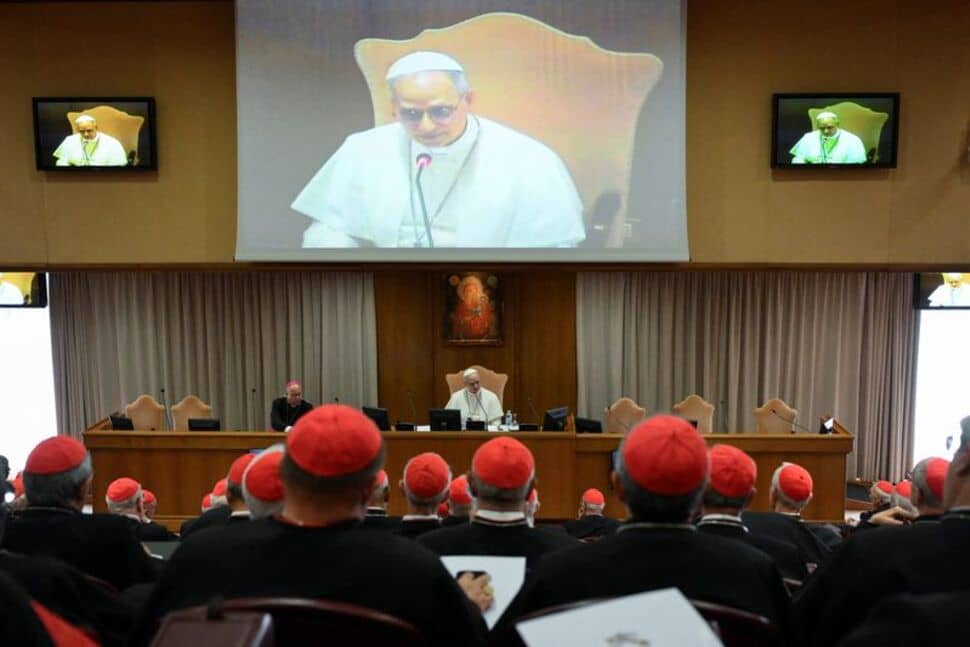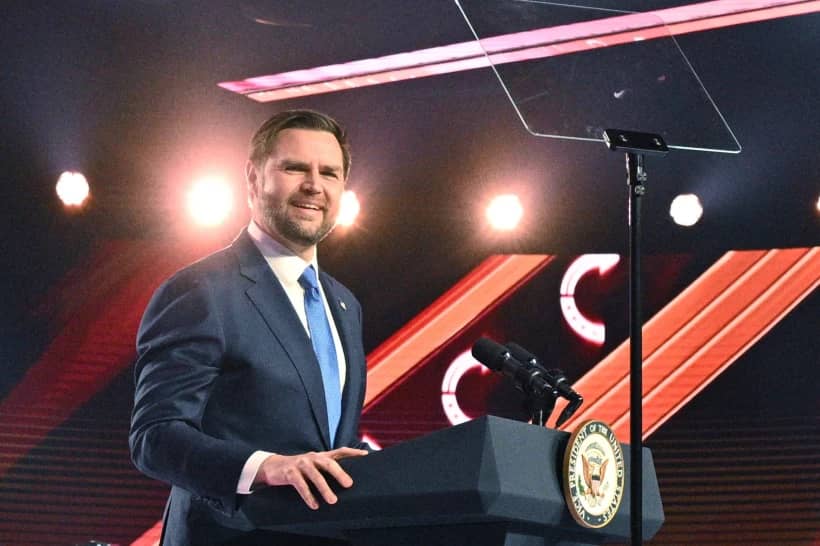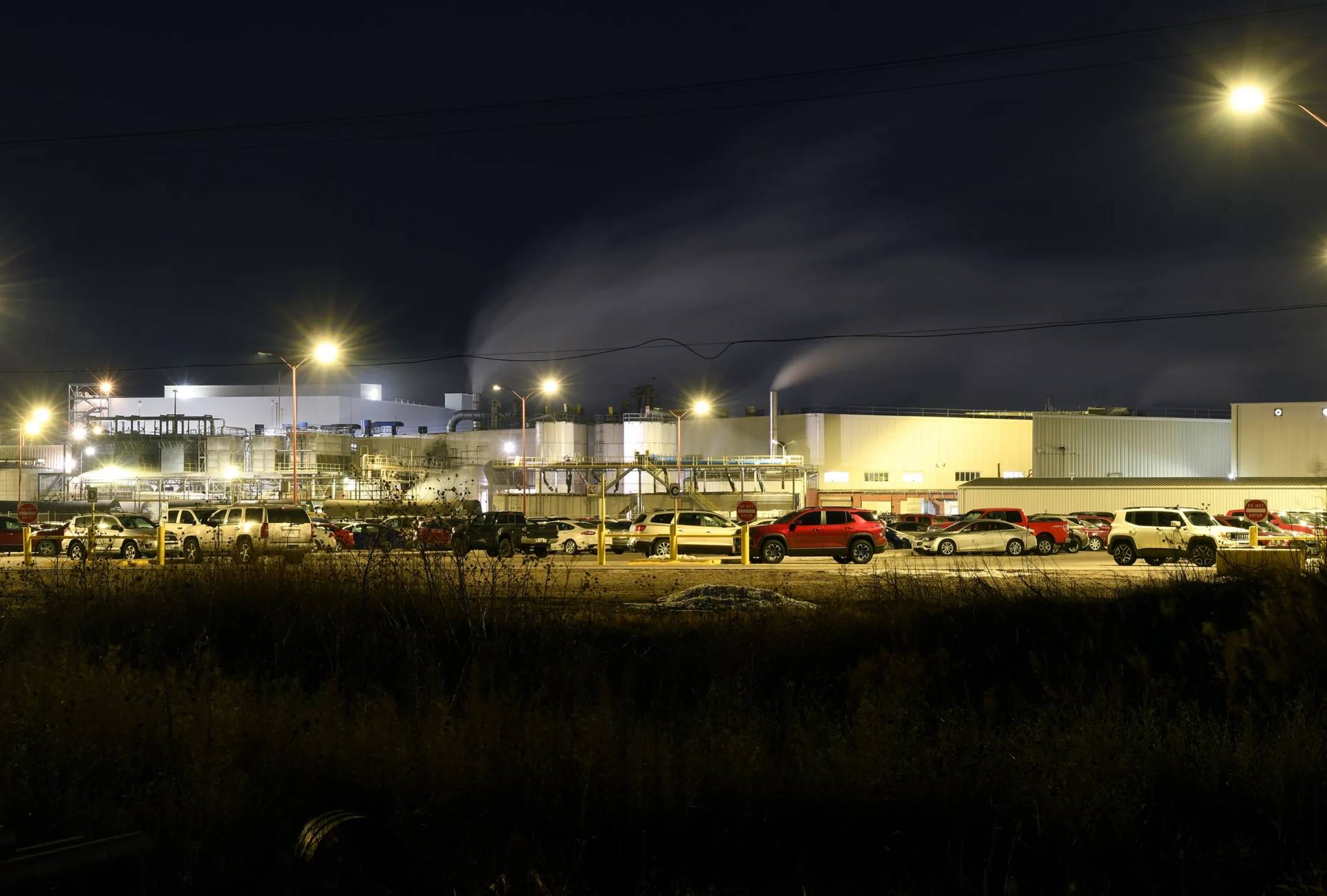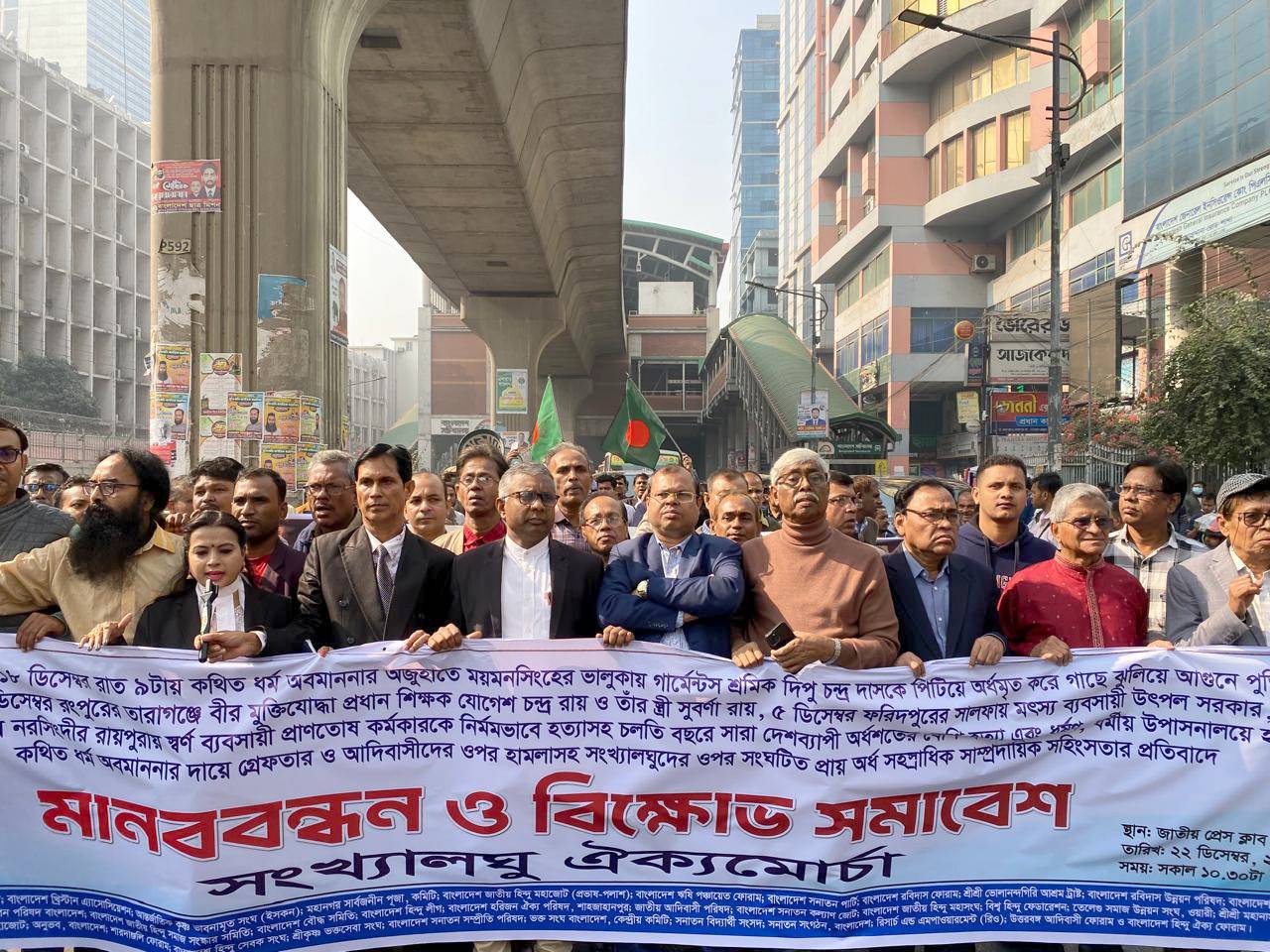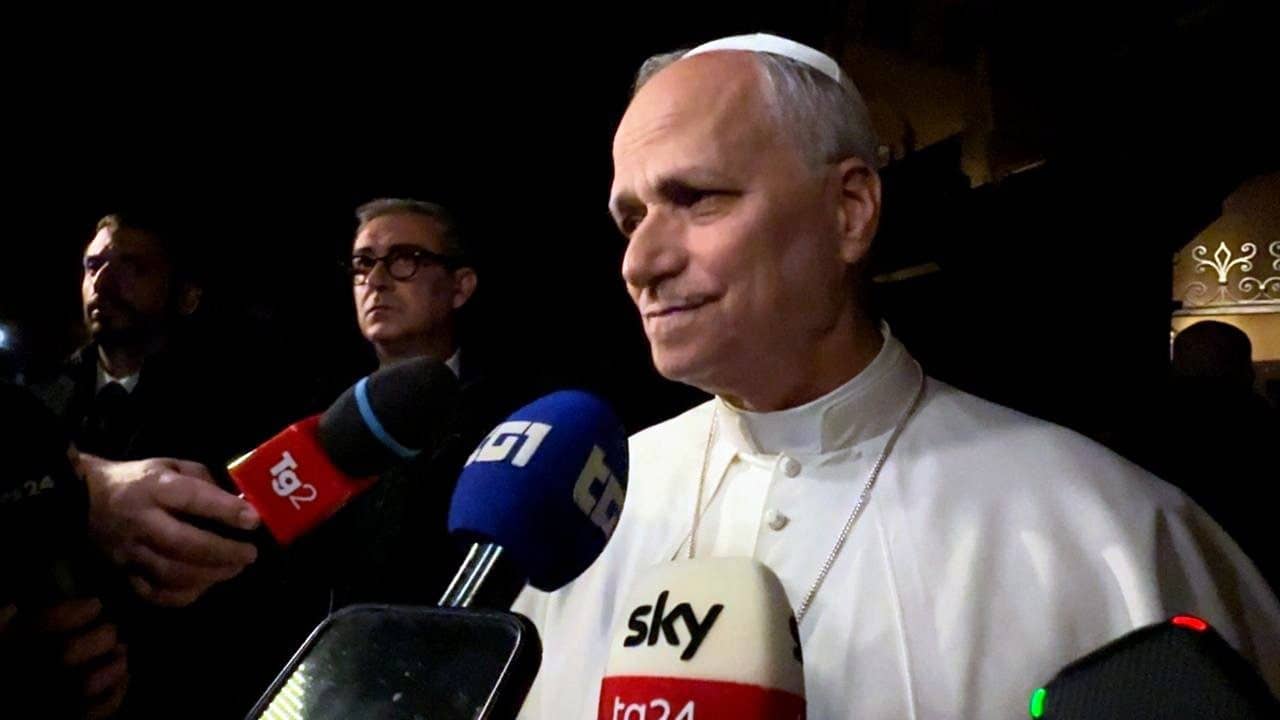This fall’s biggest Vatican happening is a summit of bishops from around the world convened by Pope Francis to talk about the family. Known as a “Synod of Bishops,” the Oct. 5-19 session’s official topic is “Pastoral Challenges to the Family in the Context of Evangelization.”
It’s expected to take up a slew of hot-button matters, from contraception and gay marriage to whether divorced and remarried Catholics should be able to receive Communion.
Francis has overhauled the process, and while most observers don’t expect sweeping doctrinal changes, it’s a key test of whether the new tone being set by a maverick pope may reposition Catholicism vis-à-vis some of the most divisive issues of the early 21st century.
Pope Paul VI conceived the Synod of Bishops in September 1965 as a sounding board to advise the pope on various aspects of the Church’s life. From the beginning they were consultative, not legislative.
So synods are less like Congress and more like an MRI into the life of the world Church.
Over the years, these gatherings haven’t produced tsunamis of new dogma or overturned Church teachings, nor have they issued earth-shattering results. The majority took place during the long pontificate of St. John Paul II, and the final documents, called “Apostolic Exhortations,” clearly bore the mark of the reigning pontiff.
With the passage of time, the process grew tired with little chance for evaluation or renewal. Having participated at the last two synods as the English language media spokesman, it was evident to me something had to change, and under Pope Francis it has.
Within months of his election, Francis appointed a new General Secretary to head the Vatican’s Synod office, an Italian Archbishop and Vatican diplomat named Lorenzo Baldisseri. Francis made him a cardinal earlier this year.
The synod’s machinery was turned upside-down a year ago, in October 2013, after Francis met over two days with Baldisseri’s synod council, a body of roughly 15 prelates from around the world that includes Cardinals Timothy Dolan of New York and Donald Wuerl from Washington, DC, in the United States. Those who attended the meeting were astounded, and pleased, at Francis’ hands-on involvement.
As a result, the synod this October will be something new. It’s really a preparatory session bringing together presidents of national bishops’ conferences, heads of Eastern Catholic churches, and Vatican officials ahead of a larger Synod of Bishops on the family set for Oct. 4-25, 2015.
Although the number of participants this time is smaller, they include a dozen or more voting members named by the pope, three priests chosen by an umbrella group of men’s religious orders, a dozen or more expert advisers, about a dozen representatives of other Christian churches, and up to 30 observers – more than half comprised of married couples who will be encouraged to address the assembly.
For both the 2014 and 2015 synods, Francis wants to hear from the grassroots.
Last fall, he had the synod office send out a questionnaire to the whole Church on topics that included contraception, divorce and remarriage, same-sex marriage, premarital sex and in-vitro fertilization. The Vatican received responses from 114 bishops’ conferences and about 800 Catholic organizations.
Though the timing was problematic, given the short turn-around for responses, the process nevertheless ensured that the synod didn’t begin with abstractions but a real, direct knowledge of the cultural challenges sweeping across the globe.
There’s huge media interest in this synod, which hasn’t always been the case. Because it will study issues pertaining to marriage, family, and sexual morality – including those that are controversial both within and outside the Church – the themes are those that the majority of Catholics deal with every day in the real world.
Francis has also made clear he doesn’t want the synod just to be a talk-shop.
In an April 1 letter to Baldisseri made public by the Vatican, Francis said he wants the reformed synod to have real power to deliberate on major questions, just as it did in the early centuries of Christianity. It will be a body outside and above the Vatican bureaucracy, accountable to the pope but also to the bishops of the world.
During the first week of the synod, instead of reading speeches over several days as has been the custom in the past, bishops will have three or four minutes to summarize their texts. They’re supposed to focus only on one theme, and, perhaps include ideas or clarifications that have come from listening to their colleagues.
The second week of the synod will be taken up mainly by work in small groups organized by language. Instead of brainstorming propositions for the pope as in the past, the small groups will work, theme by theme, on amending the meeting’s summary report, which is likely to be used as the working document for the 2015 synod.
To manage this two-week adventure, Francis has named an all-star team of Church leaders from around the world. Cardinal Péter Erdo, archbishop of Esztergom-Budapest in Hungary, will serve as Relator General (more or less the chairman), and Archbishop Bruno Forte of the Archdiocese of Chieti-Vasto in Italy will serve as Special Secretary.
The three presidents, or daily moderators, of the synod are Cardinal André Vingt-Trois, Archbishop of Paris, France; Cardinal Luis Antonio Tagle, Archbishop of Manila in the Philippines; and Cardinal Raymundo Damasceno Assis, Archbishop of Aparecida in Brazil.
The Rev. Thomas Rosica, CSB, is CEO of Canada’s Salt and Light Catholic Media Foundation. He has served as media attaché at two previous Synods of Bishops (2008 & 2012). Since February 2013, he is the English language assistant to the Holy See Press Office. For the October 2014 Synod, he will be English language assistant to the Director of the Holy See Press Office. Rosica interviewed Cardinal Lorenzo Baldisseri, head of the Synod of Bishops, earlier this year.





